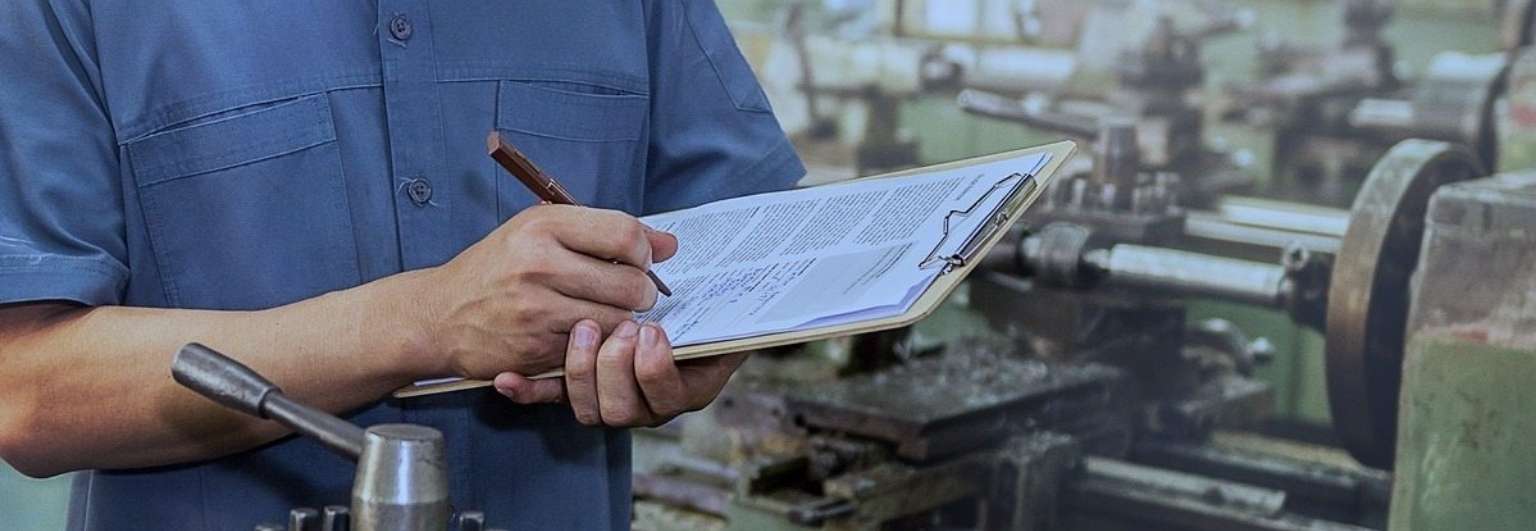
22 Feb How To Prepare For (And Survive) An OSHA Inspection
Preparing for an OSHA inspection begins long before inspectors arrive at your door. Complying with OSHA standards demands long-term commitment. Businesses must strive to promote a culture of safety and wellness, provide ongoing training, and motivate management and employees to safeguard their workplace.
Fortunately, employers can reduce the likelihood of OSHA violations, which often have major implications. These include accidents or injuries and pain and suffering, plus severe operational and financial setbacks.
Serious incidents can damage a company’s reputation, affect their products and services, and directly impact a business’ bottom line and insurance premiums. Investigations, penalties, and lawsuits take time and money to resolve.
Who Does OSHA Usually Inspect?
OSHA tends to inspect businesses with the highest risk of imminent danger, which could cause serious physical harm or death. Their priorities from high to low include catastrophes and fatal accidents, employee complaints, specific industry high hazards, and follow up inspections to ensure hazard abatement.
What You Can Expect From An Inspection?
OSHA rarely gives notice of inspections, unless there are pressing circumstances. Consequently, it is very important you always be prepared. The process can take hours or weeks, depending on the size of your company and the complexity of your operation.
Opening Conference
This is a brief meeting between the OSHA compliance officer, management, and employees. They may tell you why they’re conducting an inspection, its scope, and the standards they’ll use. If not, ask them politely.
The inspector may also ask for many records at this time such as the Log and Summary of Occupational Injuries and Illnesses and other OSHA required records. These may include training records, lockout/tagout written reports, proof of certifications, and chemical inventories and logs, if these apply to your industry.
Walk Around
The inspector looks at the workplace, checks equipment and signage, talks to employees, and sometimes conducts interviews outside of the workplace. They may also conduct tests to measure potentially hazardous exposures.
Closing Conference
This meeting reveals “apparent violations,” ways to correct hazards, deadlines for compliance, and possible fines. Your business has an opportunity to produce necessary documentation demonstrating your efforts, including scheduled work to rectify problems.
Preparing the Workplace
You’ll need extensive preparation for an inspection. Many companies establish a core group of people to handle safety and compliance issues, documentation, and procedures. They communicate company policies, prepare employees and management for inspections, and collect vital information.
At the very least, a company should have a file or binder including their lawyer’s name and telephone number, the location of required documents, and a process for recording the inspection such as this checklist.
A complete set of the OSHA standards and any for NEC, ANSI, and NFPA if they apply to your industry are also recommended as well as manufacturers’ literature.
Tips for Avoiding Violations
A primary way to avoid violations is to conduct impromptu facility and operations inspections. These should include supervisory appraisals for health and safety compliance as well as Personal Protective Equipment assessments. OSHA offers a self-inspection checklist you can use to start.
Once you identify issues, you can immediately address the most severe, rectify smaller problems quickly, and schedule the remainder. Always assign specific people to handle each issue. Here are other helpful tips to avoid violations:
- Create a culture of health and safety – continually reinforce the concept at all levels of the company.
- Establish a joint worker/management safety committee – review accidents and investigations at least quarterly, or more often if needed. Distribute meeting notes to committee members and post them for employees.
- Try to spot potential risks – by continually trying to predict how workers could hurt themselves or become ill, you can reduce the chances of incidents occurring.
- Record everything – thorough records are your primary way to prove you’re constantly improving workplace health and safety.
- Train employees – training should include the “why” behind safety measures, instead of simply imposing rules and regulations. Training should also test understanding as language barriers, poor instruction or attention, and disabilities can prevent workers for learning what they need to know.
- Solicit employee comments – always discuss proposed health and safety changes with the people who best know the hazards and equipment in the work areas first.
- Investigate every accident – even if it does not involve an injury or illness. Discover what went wrong so your problems do not escalate.
- Establish and use progressive discipline – supervisors and employees need to understand the implications of health and safety violations. Start with a written warning, followed by time off, and finally termination. They should also know a serious infraction may skip steps and lead to equally serious consequences.
A company can never be too prepared for an OSHA inspection. We’ve provided you with a brief overview but the more organized and thorough your inspections and documentation are, the less likely you’ll be cited for violations. Companies that proactively avoid citations enjoy lower premiums, a safer workplace, and happier employees.
At Gilbert’s Risk Solutions, we’ve provided advice and risk assessments to businesses since 1854. We have an array of safety and loss prevention tools at our disposal and the experience you need to minimize claims and violations. We can help you prepare for inspection day and, in the end, avoid a poor inspection.


No Comments